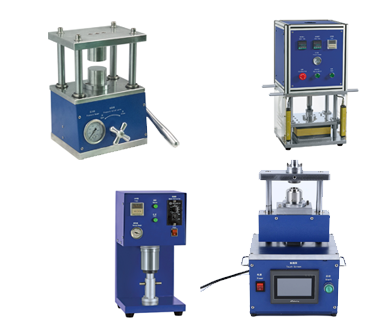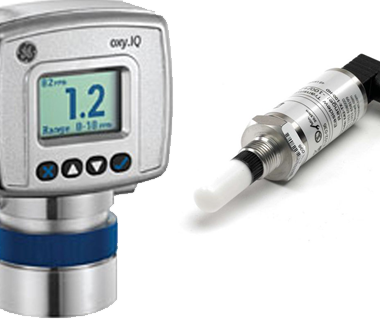No products in the cart.
Principle and Operation of an Oxygen Sensor
An oxygen sensor is an electronic device that is used to measure the concentration of oxygen in a gas stream. It is commonly used in a variety of applications, including automotive engines, furnace control systems, and medical equipment.
The principle behind the operation of an oxygen sensor is based on the electrochemical reaction between oxygen and a reference electrode, which is typically made of a noble metal such as platinum or gold. The reference electrode is usually housed in a closed chamber that is exposed to the gas stream being analyzed.
As oxygen passes over the surface of the reference electrode, it reacts with the noble metal surface to form a voltage difference between the reference electrode and a working electrode. The voltage produced is proportional to the concentration of oxygen in the gas stream.
In a typical application, the output signal of the oxygen sensor is processed by a control system to maintain a desired oxygen concentration in the gas stream. For example, in an automotive engine, the oxygen sensor is used to monitor the air/fuel ratio of the engine’s exhaust stream, allowing the engine control module to adjust the fuel injection timing and other operating parameters in real-time to optimize engine performance and reduce emissions.
Different types of oxygen sensors are available, including zirconia and electrochemical sensors. Zirconia sensors rely on the same basic electrochemical principle, but use a zirconium oxide electrolyte and require a higher operating temperature. Electrochemical sensors, on the other hand, use a different principle based on the interaction of oxygen with a porous electrode surface, and are typically smaller and less expensive than zirconia sensors.
In order to ensure that an oxygen sensor operates correctly, it is important to maintain a stable reference electrode within a controlled gas environment and to avoid contamination or degradation of the electrode surfaces. In automotive applications, oxygen sensors are typically replaced every 50,000 to 100,000 miles to maintain accurate engine control and reduce emissions.
Overall, oxygen sensors are an important tool for monitoring and controlling the concentration of oxygen in a gas stream, and are used in a wide range of applications from automotive engines to medical equipment.




